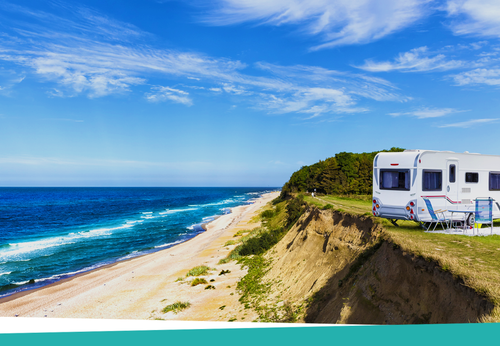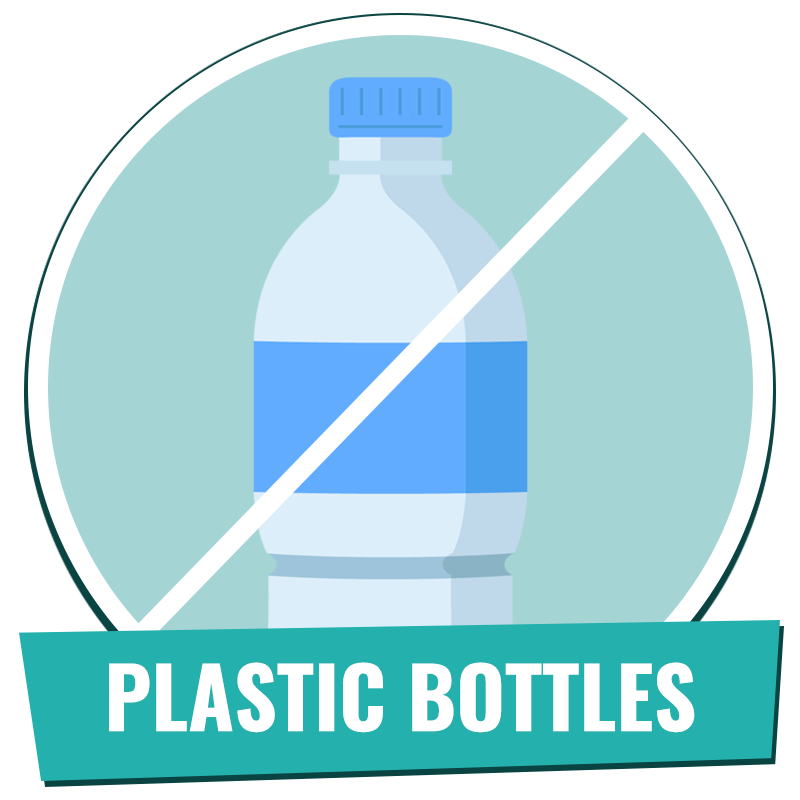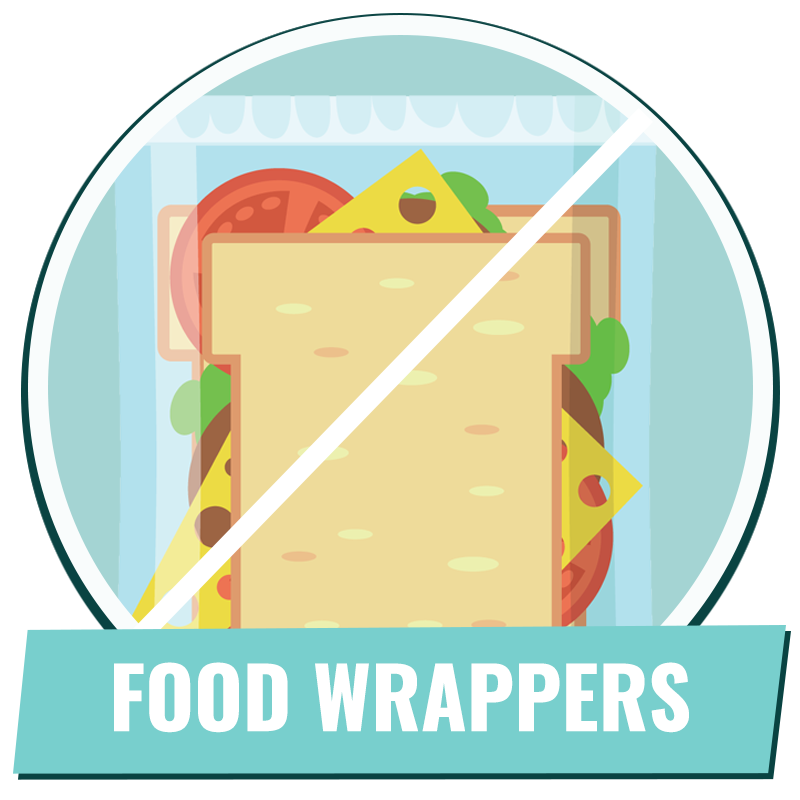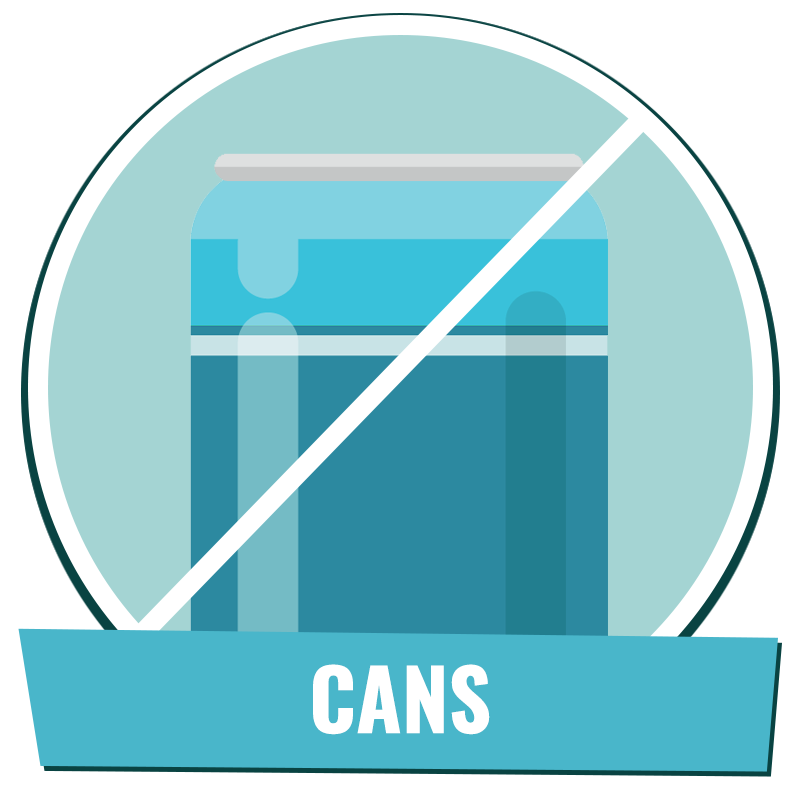Environmentally Friendly Camping A Handy Guide

A camping trip can be one of the simplest pleasures in life, a great way to connect with the great outdoors. Whether you are sleeping outside among the pine needles or kayaking your way down a beautiful river, there can’t be many more enjoyable ways to immerse yourself in the natural world.

Environmentally
friendly camping
a handy guide
A camping trip can be one of the simplest pleasures in life, a great way to connect with the great outdoors. Whether you are sleeping outside among the pine needles or kayaking your way down a beautiful river, there can't be many more enjoyable ways to immerse yourself in the natural world.
However, with the popularity of these kinds of getaway breaks on the rise, so is the risk that uninformed campers may be unwittingly damaging the environment around them that they have come to enjoy. With awareness around the need to protect our environment also increasing, we have put together a guide to help make sure your camping trip is as good for the environment as it is for you.

Activities
choose your diversions wisely





As more people go camping, there are always going to be more businesses looking to capitalise. Quad-biking, hunting and shooting are all popular camping activities, but the reality is that these pastimes can be very damaging to the environment. Obviously hunting animals will negatively affect the balance of the local ecosystem, and activities like quad-biking can have a negative impact, destroying animals’ habitats and chewing up the landscape under four wheels. However, if you want to exercise there are plenty of activities, many of them water-based, which have a minimal impact on the wildlife around them.


If you want to be physically active, why not try kayaking or paddle-boarding as an eco-friendly alternative. For those travelling by car, sit on top kayaks or stand up paddle boards can be transported easily to your campsite. Kayaking and paddle-boarding are simple, healthy ways to explore the outdoors that do not chew up the terrain or pump carbon dioxide into the air.
If you have less space, inflatable kayaks are a good compact option. If you are lucky enough to know someone with a boat, you can enjoy the open water with wakeboards, which are also easy to transport. Similarly, bodyboards can be a great option for anywhere you can expect surf. These kind of activities are great examples of fun ways to enjoy the environment without destroying it.

Litter and packaging
leave nothing behind
One of the scourges of outdoor enthusiasts is encountering litter and man-made refuse whilst trying to enjoy the pristine outdoors. There are few more effective ways to deface the beauty of a flowing river or a leafy trail than to leave plastic food wrappers or bits of foil lying around in your wake. This not only detracts from the beauty of the scenery, but can cause real damage to plants and animals too.





Plastic bottles can take more than 450 years to decompose after being discarded, meaning that they will be around long, long after your weekend away is over. Small plastic items can often be swallowed by wild animals who may mistake them for food, which could lead to them choking. They can also end up inside animals' stomachs, which can drastically shorten their life expectancy.
This is why it is important for campers to leave nothing behind and to take everything they use whilst camping back home with them. A simple way to make this easier is to plan beforehand what you will bring, and to try to minimise the amount of disposable packaging you are going to bring with you. Sorting what you do use into recyclable and non-recyclable when you dispose of it will also help minimise your overall impact on the planet.
These are simple tips, but if taken into account they are reliable ways to make sure your trip is
as fun as it is environmentally friendly.

